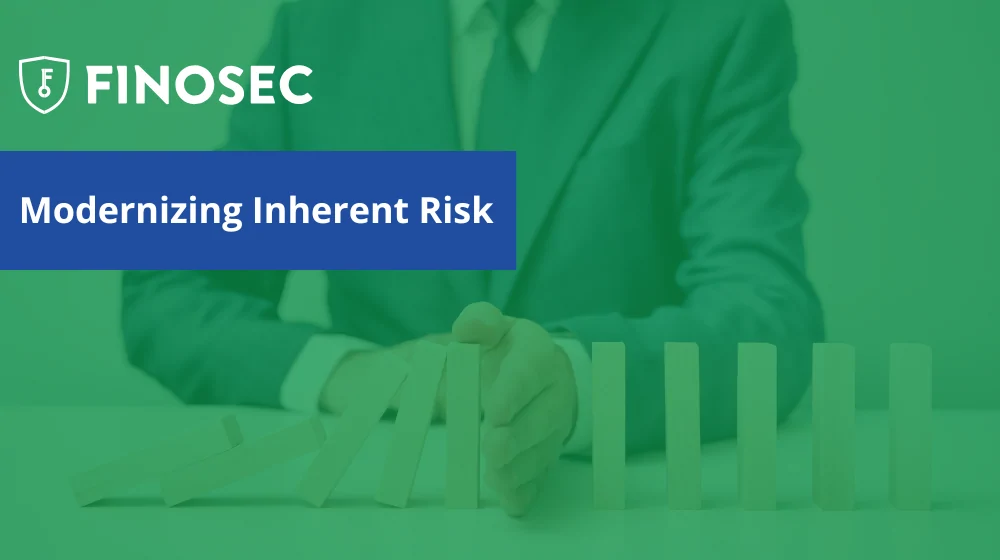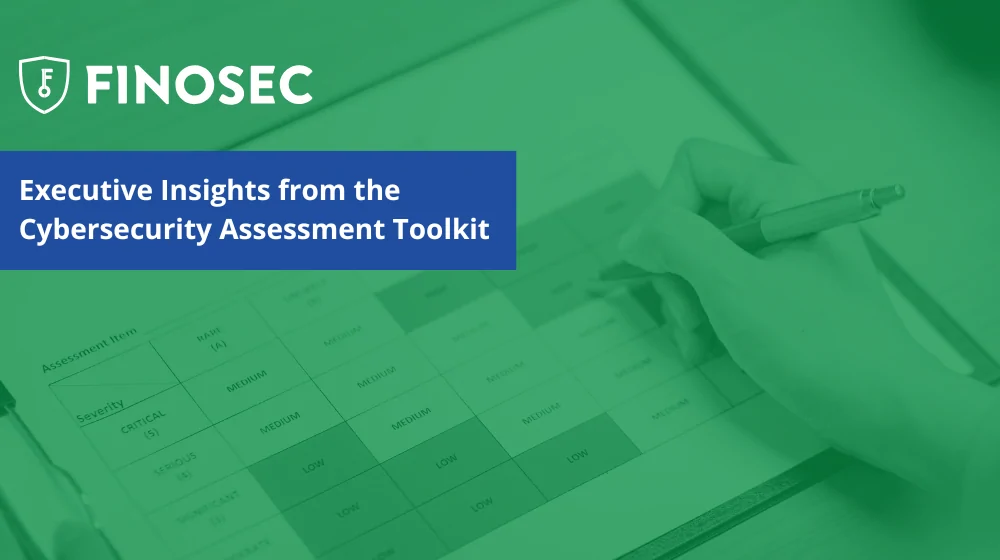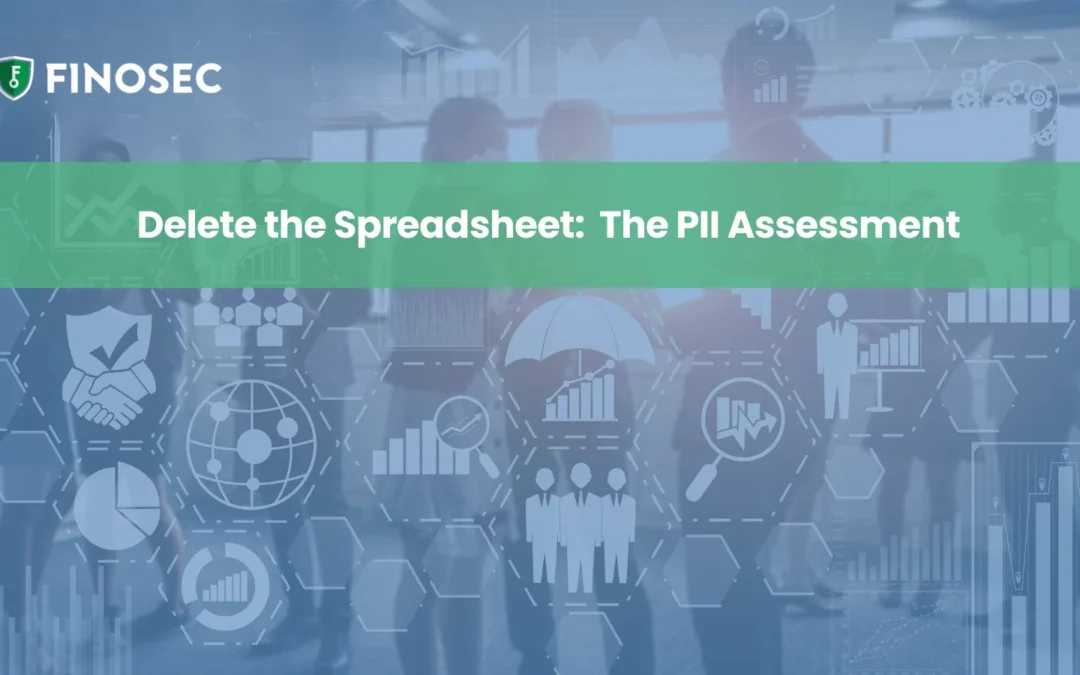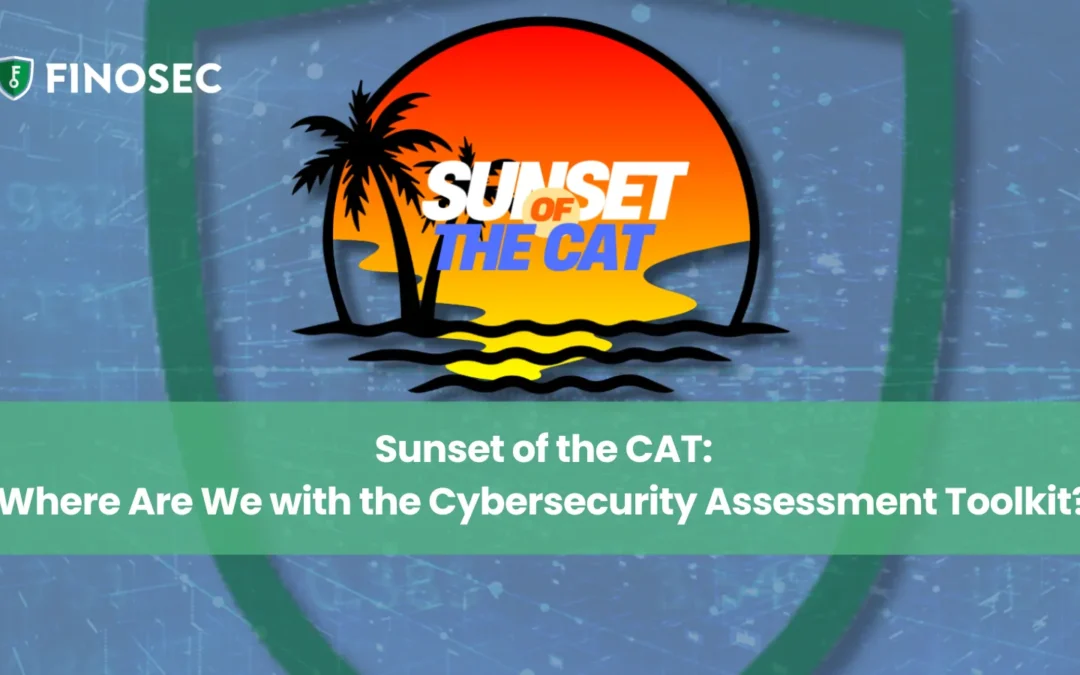Securing your information security budget is challenging—especially in tight economic times. While the strategies for approval are crucial, it’s equally important to have a plan for when not everything makes it through the budget process. This is where documenting risk acceptance becomes a critical step for information security officers (ISOs).
Why Documenting Risk Acceptance Matters
When budget constraints lead to compromises on critical initiatives, it’s essential to document these decisions as part of your governance process. Doing so provides:
- Auditor and Examiner Transparency: Documentation demonstrates that the organization followed a deliberate and structured process, showing due diligence in evaluating and accepting risk.
- Internal Accountability: It ensures that leadership, such as the technology steering committee, is aware of and aligned on which risks have been accepted and why.
- Long-Term Planning: Proper documentation can help build the case for future budget discussions by highlighting the gaps and their associated risks.
Common High-Risk Areas to Watch
One common example we see at Finosec is access management. For example, let’s say your team didn’t approve to implement an automated solution for managing user access reviews across banking applications in the budget. Instead, it was determined to continue with manual processes, such as printing reports or using spreadsheets with VLOOKUP functions to piece things together.
While this approach may continue the status quo, it carries inherent risks, such as:
- Human error in managing critical user access data
- Inefficiencies in completing reviews especially in documenting privileged access permissions and changes since the last review
- Creates additional risks for financial reporting documentation (SOX, FDICIA, etc)
- Gaps in documentation that auditors and examiners might flag
By documenting the decision to maintain manual processes and formally accepting the risk, your organization safeguards itself by acknowledging the limitations of the current approach.
How to Document Accepted Risks
Here’s a simple yet effective process for documenting risk acceptance:
- Identify and Define the Risk: Clearly state the risk and its impact on the organization.
- Example: “The manual process for user access reviews increases the likelihood of errors and over provisioning of access.”
- Present to Technology Steering Committee: Present the risk to the technology steering committee or other decision-making bodies. Ensure they understand the implications.
- Document the Decision: Use meeting minutes to record the decision to accept the risk. Include details such as:
- The reason for not implementing a proposed solution.
- Mitigation strategies in place (e.g., periodic manual reviews).
- Monitor and Reassess: Regularly revisit the accepted risk to determine whether conditions have changed and whether a budget request should be revisited in future cycles.
Benefits of This Approach
- Streamlined Audit Readiness: With documentation in hand, you can confidently show examiners and auditors that your organization has a mature risk management process.
- Clear Communication: Internal stakeholders are fully informed about decisions, reducing misunderstandings or finger-pointing later.
- Strategic Future Budgeting: Highlighting gaps and risks creates a foundation for more effective discussions during the next budget cycle.
Final Thoughts
When budget constraints lead to tough decisions, documenting accepted risks allows for getting credit for the work that you did in the budgeting process. As an ISO, this process ensures you’re protecting the organization operationally. It also sets the stage for future success by reinforcing the importance of risk management in every budgeting conversation.
Take the time to incorporate this step into your governance process. It may not solve every issue today, but it will position your team and organization for greater success in the future.






